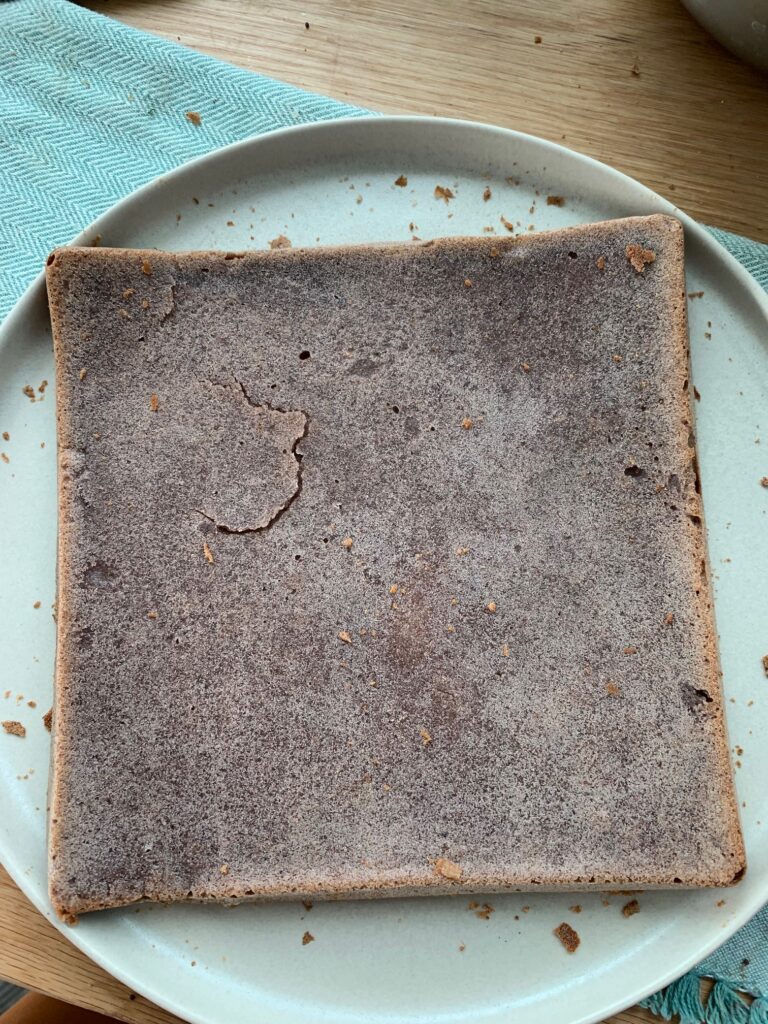We are making very important discoveries in biome science. I am keeping on top of it.
This blog is about how to boost your biome when you react to the foods that feed it. Whether you have SIBO (small intestinal bacterial overgrowth)or not.
For year, people with SIBO or IBS have been told to restrict their diet, cutting out fermentable carbs and veggies.
Now, many SIBO experts advise against staying on the low FODMAP diet for too long, because it starves beneficial bacteria in the large intestine. Our beneficial bacteria are our biggest ally in defending our body, feeling well and staying well.
When you starve the biome by eating a small variety of food, it may cause different problems down the line. The more you narrow down your diet, the more likely you are to become sensitive to food. I have seen this over and over again as new clients come to me complaining they are losing tolerance to the small amount of foods they are eating.
In my SIBO Rescue guide I talk about how long to stay low FODMAP so you get symptom relief but don’t damage the biome.
Even if you don’t have SIBO you could still be reacting to complex or hard to digest carbs that ferment in the gut and cause inflammation and gas. Foods like grains, beans or fibrous veggies. This could be because of a leaky gut or low stomach acid, but I have a strategy that can bypass these reactions.
I use this strategy with clients who are very restricted, to feed their biome safely.
Especially if they are on an anti-microbial killing protocol which can also effect good bugs.
The secret to feeding your biome
You don’t need a lot of a particular food to feed beneficial bacterial colonies. I use a technique called micro feeding. Your biome quickly rebalances based on what you feed it. So use this strategy to start growing your biome without flares or reactions.
First, let’s look at what you beneficial bacteria eats.
Your biome’s preferred food
Probiotics and fermented foods are very popular for feeding the biome. It takes more than this.
After a course of antibiotics, you won’t be able to reestablish most of your bacteria species with probiotics or fermented foods, just a few lactobacillus species. But we want a diverse biome!
The best recovery strategy is diet. Good bacteria eats prebiotic plant fiber and polyphenols. Below are the important categories of bacteria food.
Resistant starch feeds the bacteria in the large intestine that produce an anti-inflammatory short chain fatty acid called butyrate. The best sources of resistant starch are beans, cooked and cooled potatoes, cooked and cooled rice and green bananas and plantains. Beans are hard to digest for most people with digestive issues. But I show you below how to do it.
Polyphenols feed key bacterial strains like Akkermansia. This bacteria as like a “mother strain” because it feeds other bacteria. Many different bacterial species rely on the health and abundance of Akkermansia. Polyphenols include berries, cloves, green tea, cocoa powder and flax. Akkermansia particularly likes red skinned fruits like pink dragon fruit, cranberries and pomegranate.
You can check out my recipe for an Akkermansia feeding smoothie here.
Fermented foods are a great addition to any diet but are not tolerated by everyone. If this is you, don’t worry. Use polyphenols and resistant starch to build the good guys. As you do, you will be able to tolerate more fermented foods.
How to safely get resistant starch into your diet
Below are two recipes that feature resistant starch.
The first uses green banana flour. Even if you’re not familiar with it, it’s popular and available online. Amazon sells green banana flour here.
I use it to make a simple 2-ingredient recipe for green-banana flour pancakes.
Green banana flour does not taste at all like bananas. It has a more neutral taste. The recipe calls for baking powder but I did not put any in. If you want them to be fluffier, add in 1/2 teaspoon.
Green banana flour pancakes

I keep it really simple. Just green banana flour and your favorite plant milk. You can use coconut, almond, gluten free oat, etc. I used pea protein milk because it’s my fav.
These pancakes don’t have a strong flavour, so I top them with homemade stewed fruit (I used plums), nut butter or coconut cream. You can add cinnamon or cardamon or maple syrup. I like them plain.
You are eating these pancakes for your biome, they may not be like the pancakes you grew up with but they serve a purpose for your belly.
Banana pancake recipe
Mix equal parts flour and milk. Add a bit more milk, tablespoon at a time until you get a pourable batter. You may need to use more milk than flour to achieve this.
Heat up a pan with your oil of choice. Coconut oil, avocado oil or regular butter work well.
I use a 1/4 cup measure spoon to dollop small thin pancakes onto the pan and flip it after a few minutes as they start to set. I like to cover the pan to speed up the cooking process.
If you don’t like to fry your food, you can always pour the dough into a large brownie pan so it spreads thinly and bake it at 350 F (180 C) for 20 minutes (see photo below.)
You can slice those into squares and make tasty dessert sandwiches with fruit and nut butter. Tag me on Instagram if you do this. @doityourselfhealth
You can store the leftover pancakes in the fridge. They are best the day of but heat up well the next day.

How to eat beans
Beans also have a large amount of resistant starch and are amazing for the biome. Here is my trick to get them into your diet.
You only need a teaspoon serving per day to feed the good bugs in your gut and get your biome used to beans. If you can’t tolerate that start with 1/2 teaspoon.
I made this recipe in my instant pot. You can also make it one the stove, but I don’t because my instant pot to makes beans easily and breaks them down well.
To make beans easier to digest, soak them in water in the fridge overnight. The recipe below is for lentils but you can use any bean. Chickpeas are easiest to digest.

Recipe for my lentil bites
1 cup of Lentils
1.5 cup of broth (I used bone broth but veggie broth or water works)
1 cup of coconut milk
Garlic and onions are optional, and oil to sauté them in
1 large carrot, peeled and sliced
How to
If using garlic and onions, saute them in oil of choice until they start to brown
Add carrot, lentils and liquid to the pot and cook by pressing bean button on your instant pot, if cooking in a pot cover and let boil for 30 minutes or until done.
Once it is done, it will have a soup like consistency. You can scoop them into ice cube tray and freeze them.
Because I used broth, when it cooled it took on a jellylike consistency and I was able to slice it up into tiny squares. Freeze everything to keep it fresh and defrost a few pieces at a time to eat daily or a few times a day.
Slice the cubes in half or quarter and eat as much as you can tolerate without reaction. If you start slowly you may find that you can raise the amount you can tolerate daily.
Unless you have a sensitivity to beans, you should be able to digest a small amount, from a teaspoon to a tablespoon size without any issues.
This is a safe way to use beans to build your biome. While the texture of the defrosted beans may not be ideal, you are consuming it as medicine not as a treat.
The treat you get is a happy biome.


